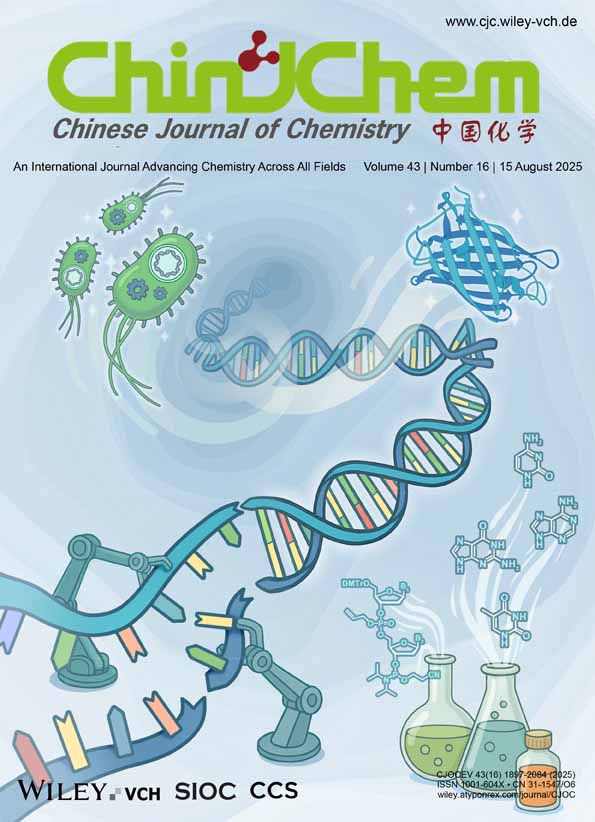EPR Study on the complex formed by charge-transfer process between ground-state acceptor chloranil and nine donors
Abstract
EPR study showed that the semi-quinone radical anion of chloranil (TCQ) was formed in a charge-transfer process between ground state chloranil as acceptor and each one of the following ground state donors, i.e., N, N-diethyl aniline (DEA), phenothiazine (PTZ), carbazole (CBZ), pyrene (PY), ferrocene (FRO), triphenylphosphine (TPP), triethylamine (TEA), anthracene (AN) and N, N-diethyl-3-aminophenyl ester of palmitic acid (DPP). Our results indicate that there is a tunneling effect for the ground-state charge-transfer process between chloranil and the donor.




